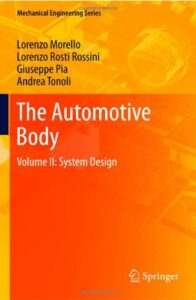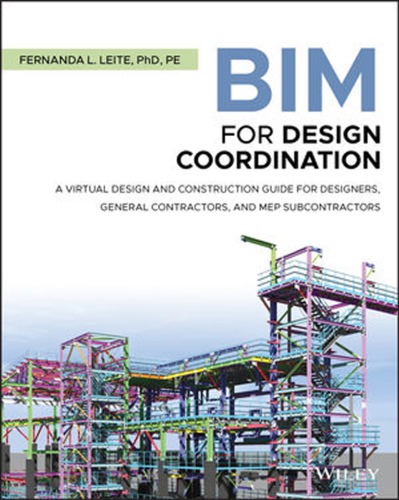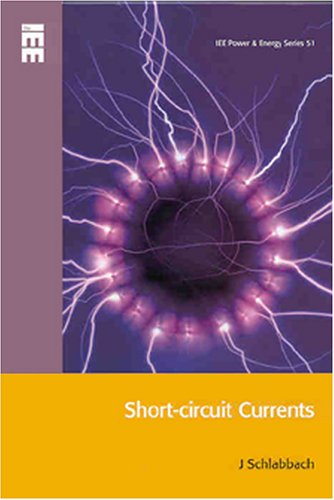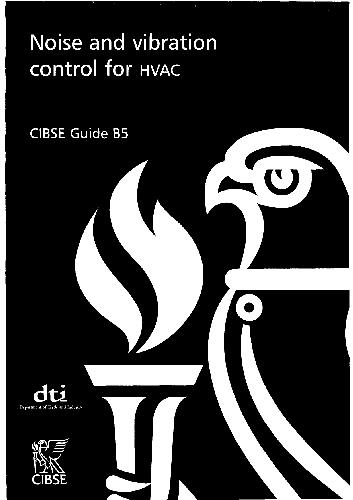| Book Name: | The Automotive Body Volume II System Design |
| Language: | English |
| Format: | |
| Free Download: | Available |
The Automotive Body Volume II System Design by Lorenzo Morello, Lorenzo Rosti Rossini, Giuseppe Pia, and Andrea Tonoli | PDF Free Download.
| Book Details : | |
|---|---|
| Language | English |
| Pages | 578 |
| Format | |
| Size | 15.9 MB |
The Automotive Body Volume II System Design

Book Description:
“The Automotive Body” consists of two volumes.
The first volume-produced the needful cultural background on the body; it described the body and its components in use on most kinds of cars and industrial vehicles: the quantity of drawings that are presented allows the reader to familiarize with the design features and to understand functions, design motivations and fabrication feasibility, in view of the existing production processes.
The purpose of this second volume is to explain the links which exist between satisfying the needs of the customer (either driver or passenger) and the specifications for vehicle design, and between the specifications for vehicle system and components. For this study a complete vehicle system must be considered, including, according to the nature of functions that will be discussed, more component classes than considered in Volume I, and, sometimes, also part of the chassis and the powertrain.
These two books about the vehicle body may be added to those about the chassis and are part of a series sponsored by ATA (the Italian automotive engineers association) on the subject of automotive engineering; they follow the first book, published in 2005 in Italian only, about automotive transmission.
They cover automotive engineering from every aspect and are the result of a five-year collaboration between the Polytechnical University of Turin and the University of Naples on automotive engineering.
Automotive Body Volume II Contents
- Introduction to Volume II
- Functions and Specifications
- Ergonomics and Packaging
- Climatic Comfort
- Noise, Vibration, Harshness
- Structural Integrity
- Passive Safety
Introduction to The Automotive Body Volume II System Design
The purpose of Volume II is to explain the links which exist between satisfying the needs of the customer (either driver or passenger) and the specifications for vehicle design, and between the specifications for vehicle system and components.
For this study, a complete vehicle system must be considered, including, according to the nature of functions that will be discussed, more component classes than considered in Volume I, and, sometimes, also part of the chassis and the powertrain.
Since the first element of the chain of elements to be taken into consideration is the human being, it is appropriate to consider physiology issues to some extent in order to better understand the needs to be satisfied and the control parameters to be evaluated. Chapter 8, the first in this Volume, is dedicated to body requirements and functions.
An introductory framework regarding statistic vehicle usage in Europe is provided, followed by an analysis of vehicle functions, with particular reference to functions more conditioned by body design: Ergonomics and internal space utilization, thermal comfort, acoustic and vibration comfort, structural integrity, and passive safety.
Although specific aspects of marketing are beyond the scope of this text, some examples are provided as a reference regarding the procedures applied to define technical quantitative specifications on the basis of customer’s needs, usually rated qualitatively.
Bearing in mind their correlation with vehicle system specifications, the European regulations relevant to the car body and its components are also explained, with particular reference to vehicle active and passive safety.
The following chapter, dedicated to Ergonomics and packaging, describes the most important issues to be considered in terms of occupants’ well-being inside passenger compartment: seating comfort, direct and indirect visibility, the space necessary to install mechanical components into the vehicle will be particularly considered.
The analysis of these issues allows the primary design criteria of internal space and the layout of seats and controls to be identified.
Chapter 10 addresses the topic of thermal comfort and includes an introduction to the human body physiology thermal comfort conditions and the main parameters of relevance; the metabolic activity is also examined as a function of ambient conditions and the influence on comfort, taking into account the thermal exchange.
A thermal balance can therefore be evaluated of relevance with respect to the air conditioning system’s design.
After summarizing the main components of the HVAC system, already described in Volume I, the chapter concludes with the design and testing criteria description.
The main issues influencing comfort are considered in the next chapter, starting from human sensitivity to noise and vibration.
The main sources of dynamic excitation are examined, including those which generate noise and vibration inside the vehicle including tires and powertrain, and outside the vehicle such as road shocks and aerodynamic noise.
The main parameters needed to describe the dynamic behavior of the body are also introduced, together with the technical solutions proposed to reduce the transmission of excitations to the body.
The main objective of the following chapter concerning structural integrity is to explain the role of the body’s primary components and the baseline criteria for their design.
Quasi-static reference loads acting on the body during normal service life are introduced. Some additional concepts, appropriate to understand the effect of bending and torsion deformation on a car body, are also discussed in terms of the contribution of the framework.
The chapter concludes by describing the options available and the critical issues to be considered when modeling a car body using the finite element technique.
The last chapter is dedicated to the subject of passive safety, opening with an introduction to biomechanics and the criteria used to evaluate the severity of injuries consequent to an accident.
This very broad topic is limited here to empirical relationships and the acceptability limits proposed by government regulations to limit the severity of injuries during accidents.
They need to guarantee a high level of protection to mitigate the consequence of accidents is a major issue that directly conditions body design.
The objective of the explanation included is to describe the most common solutions and design criteria in use to protect car occupants during an accident.
Simplified mathematical models are introduced to describe restraint systems functions and the structural behavior of deformable parts of the body involved in the crash.
The high reliability of results obtained from finite elements method, also for the prediction of the large displacements expected as a result of a crash, justifies the outline included of the computer codes applied to model plastic behavior.
Download The Automotive Body Volume II System Design in PDF Format For Free.
Related More Books
See More POST On : Engineering Books









![[PDF] Draw Buildings and Cities in 15 Minutes Draw Buildings and Cities in 15 Minutes pdf](https://www.freepdfbook.com/wp-content/uploads/2021/06/Draw-Buildings-and-Cities-in-15-Minutes-218x150.jpg)








![[PDF] Digital Image Processing An Algorithmic Introduction Using Java Digital Image Processing An Algorithmic Introduction Using Java](https://www.freepdfbook.com/wp-content/uploads/2022/06/Digital-Image-Processing-An-Algorithmic-Introduction-Using-Java.jpg)




![[PDF] 43 Years JEE ADVANCED + JEE MAIN Chapterwise & Topicwise Solved Papers 43 Years JEE ADVANCED (1978-2020) + JEE MAIN Chapterwise & Topicwise Solved Papers Physics PDF](https://www.freepdfbook.com/wp-content/uploads/2022/03/43-Years-JEE-ADVANCED-1978-2020.jpg)

![[PDF] Problems in Physical Chemistry for JEE (Main & Advanced) Problems in Physical Chemistry for JEE (Main & Advanced) Free PDF Book Download](https://www.freepdfbook.com/wp-content/uploads/2022/03/Problems-in-Physical-Chemistry-for-JEE-Main-Advanced.jpg)
![[PDF] Engineering Physics (McGraw Hill)](https://www.freepdfbook.com/wp-content/uploads/2021/05/bafc8c2685bb6823a9c56134f7fba5df.jpeg)

![[PDF] Engineering Chemistry By Shashi Chawla](https://www.freepdfbook.com/wp-content/uploads/2022/05/Theory-And-Practicals-of-Engineering-Chemistry-By-Shashi-Chawla-free-pdf-book.jpeg)
![[PDF] Chemistry: An Introduction to Organic, Inorganic & Physical Chemistry Chemistry: An Introduction to Organic, Inorganic & Physical Chemistry](https://www.freepdfbook.com/wp-content/uploads/2022/04/Chemistry-An-Introduction-to-Organic-Inorganic-Physical-Chemistry.jpg)
![[PDF] Essentials of Physical Chemistry Essentials of Physical Chemistry Free PDF Book by Bahl](https://www.freepdfbook.com/wp-content/uploads/2022/04/Essentials-of-Physical-Chemistry-bahl.jpg)
![[PDF] Biological control of plant-parasitic nematodes: soil ecosystem management in sustainable agriculture Biological control of plant-parasitic nematodes: soil ecosystem management in sustainable agriculture](https://www.freepdfbook.com/wp-content/uploads/2022/05/Biological-control-of-plant-parasitic-nematodes-soil-ecosystem-management-in-sustainable-agriculture.jpg)
![[PDF] Human Anatomy: Color Atlas and Textbook Human Anatomy: Color Atlas and Textbook Free PDF Book](https://www.freepdfbook.com/wp-content/uploads/2022/05/Human-Anatomy-Color-Atlas-and-Textbook.jpg)
![[PDF] Concepts of Biology Book [Free Download]](https://www.freepdfbook.com/wp-content/uploads/2022/05/Concepts-of-Biology.jpg)
![[PDF] Essentials of Biology [Free Download] Essentials of Biology Free PDF BOok Download](https://www.freepdfbook.com/wp-content/uploads/2022/05/Essentials-of-Biology-Free-PDF-Book-Downlaod.jpg)
![[PDF] Human Biology Book [Free Download]](https://www.freepdfbook.com/wp-content/uploads/2022/05/PDF-Human-Biology-Book-Free-Download.jpg)


